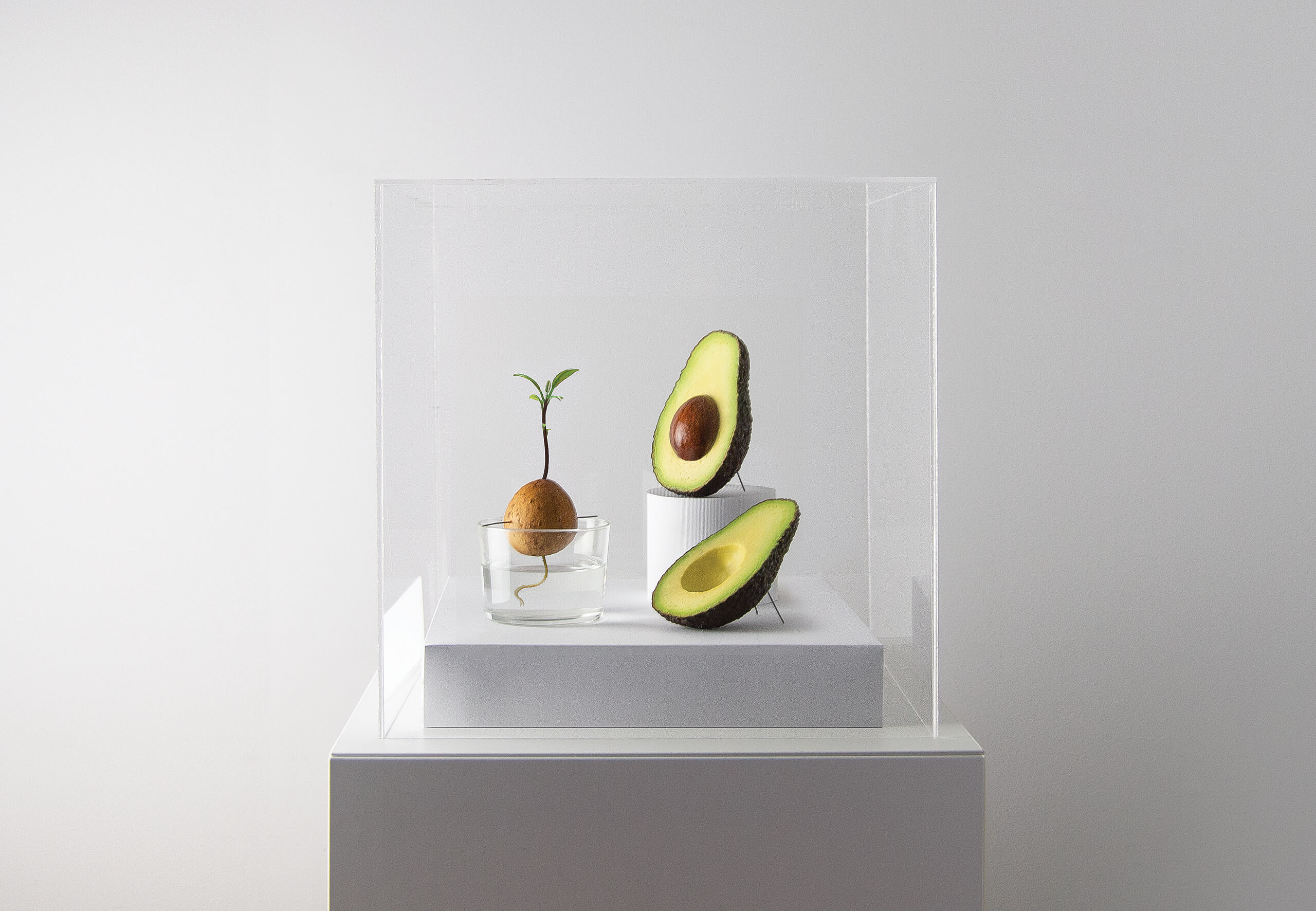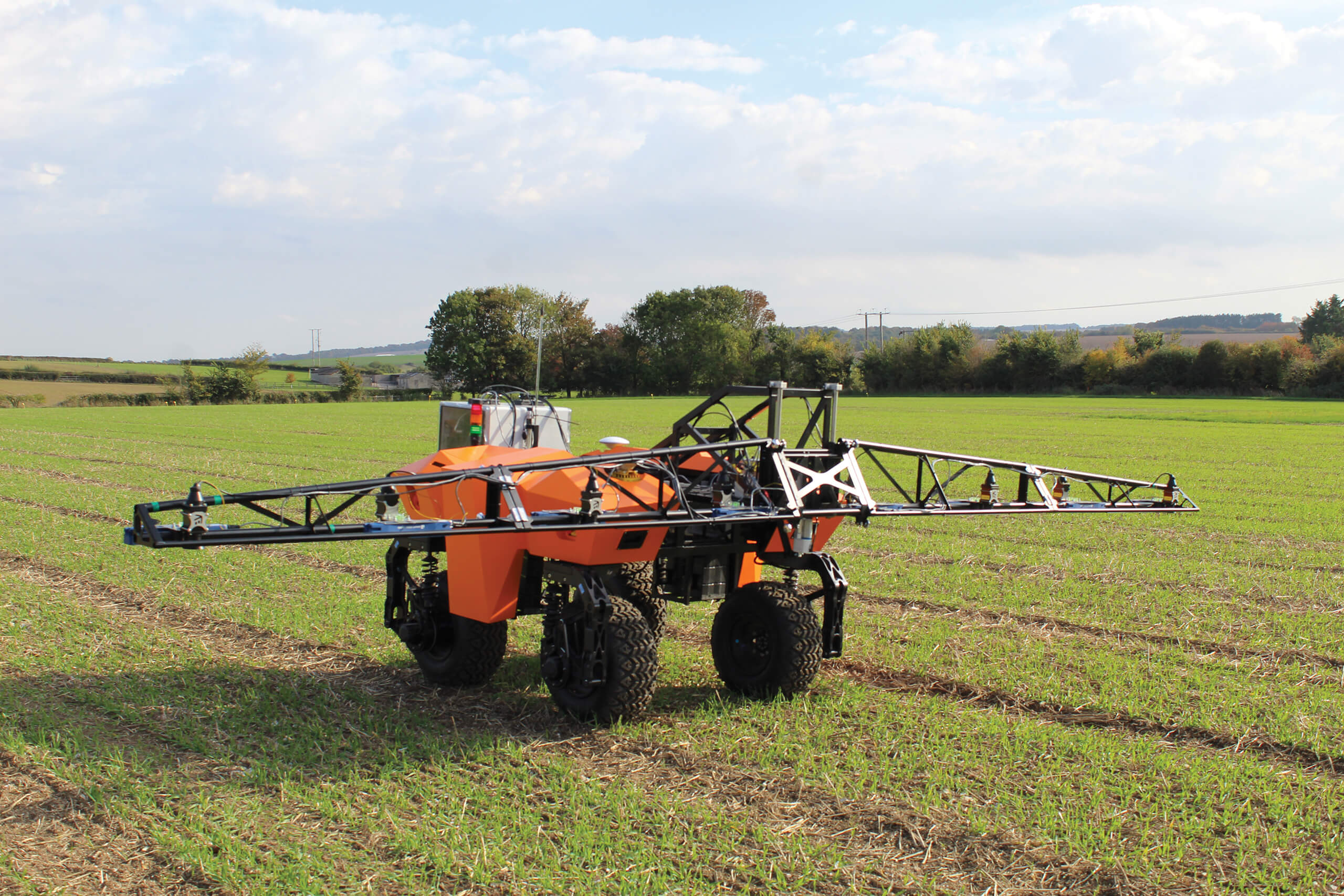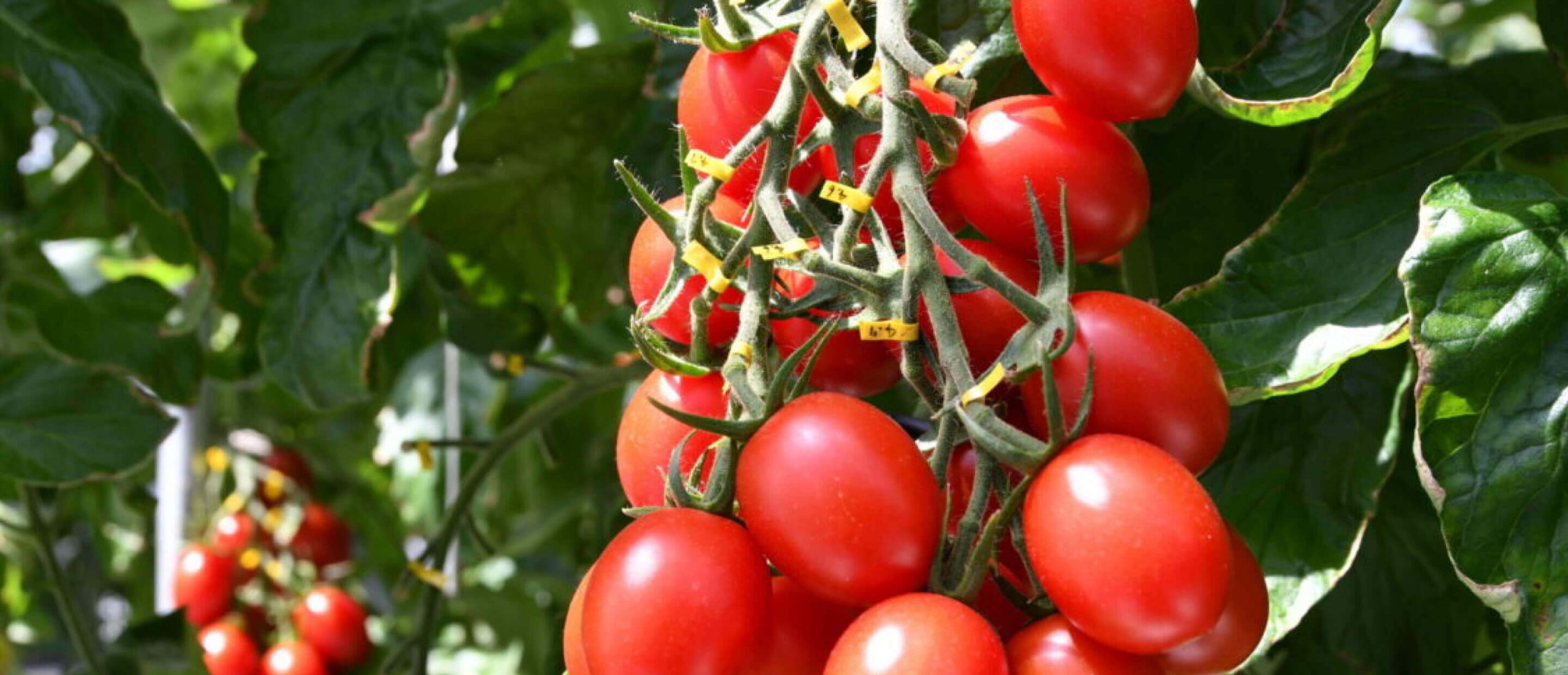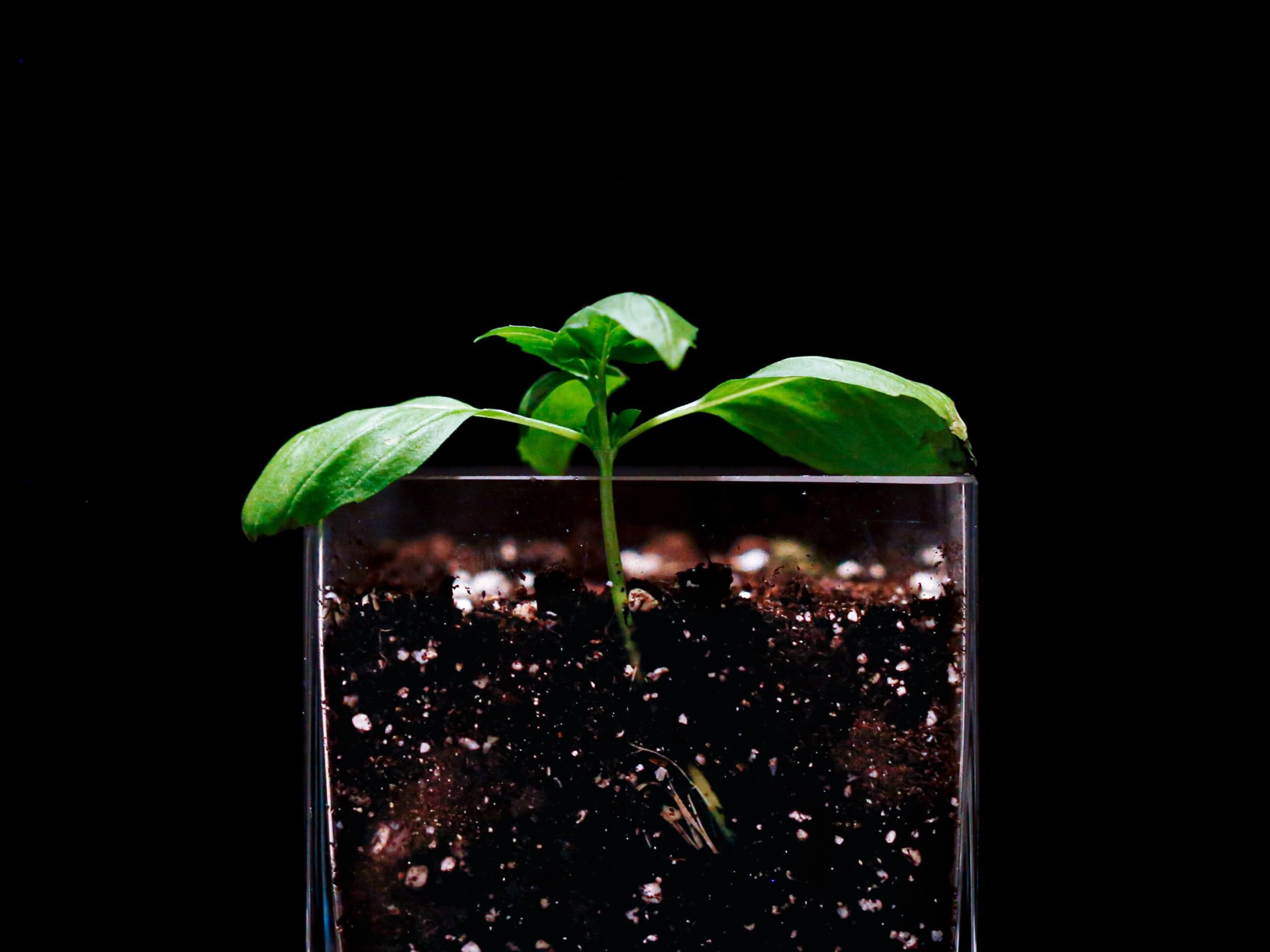
Farming has been innovating since its inception and over recent decades, the pace has turbo-charged. Here’s a snapshot of technologies helping farmers to farm smarter in 2025.

Farming in the cloud
Cloud computing is providing farmers with deep analysis of the big data they’re collecting – from the field, satellites, sensors, drones, and scouting apps. This total overview helps farmers and their advisors to work collaboratively so that they can plan, make better, more precise decisions, and improve efficiency, productivity and profitability.
Example
Corteva’s Granular Insights is a digital agronomy solution that enables trusted advisors to partner with farmers on harnessing the power of data to boost yields and protect their bottom line. Data-driven insights aid decision-making and help manage risk with agronomy-driven product planning and in-season monitoring.

A clear view from above
Precision agriculture relies on satellite imagery, yet at any given time, an average of 67% of the Earth is covered by clouds, impeding the view from orbit. But now it’s possible to “see” through cloud cover by applying artificial intelligence to synthetic aperture radar (SAR) imaging. It means farmers have a clear view from above to guide decisions, regardless of weather.
Example
ICEYE has the largest fleet of SAR satellites, making it possible to see fields clearly through the clouds.

Precision surveillance and treatment
Remote sensing with drones allows farmers to analyze fields down to individual plants, making scouting and surveying for crop health and growth a much faster and more accurate process, and enabling precision crop applications.
Example
Agriculture is one of the top three industries for drones, along with energy and construction, according to Drone Industry Insights. Corteva Agriscience has the largest drone fleet in the world. They’re becoming an integral part of farming operations, supporting agronomists and farmers. Equipped with rapidly improving sensors and RGB cameras, they are used to monitor and spot problems in fields, apply crop protection products, and seed cover crops.

Training super brains
A person might make about 35,000 decisions per day, but Artificial Intelligence can interpret billions of pieces of information in milliseconds.
Example
Open AI’s GPT-4 has shown high levels of accuracy on Certified Crop Adviser exams, leading researchers to conclude it could “contribute meaningfully to agricultural education, assessment, and crop management practice”. And Robotics company Solinftec is introducing farmers to the fully integrated ‘Alice AI’ platform and claims that “it doesn’t just show data, it shows the best decisions to take.”

Self Driving Machines
Passenger vehicle manufacturers aren’t the only ones in the race to develop and improve fully automated vehicles. Big farm machinery is going autonomous too.
Example
An autonomy-ready package can now be ordered on all 2025 8 and 9 Series John Deere tractors as a factory option. The company debuted its first fully autonomous tractor in North America in 2021. And CLAAS has joined forces with AgXeed BV in the Netherlands to produce self-driving farm machines.

Blockchain from Farm to Fork
Blockchain provides an immutable, auditable record of a single piece of produce ensuring that food production has full traceability from the moment its seed is sown to the day it’s purchased by a consumer. Traceability helps to provide consumers with quality assurance, making it easy to implement safety programs and react swiftly to emergencies, recalls, and withdrawals.
Example
Where to start: The size of the market for blockchain in agriculture and food supply chains is expected to mushroom from around $300 million to $7.4 billion by 2031 (Source: InsightAce Analytic). Introspective Market Research (IMR) gives the current top five blockchain food and ag leaders as IBM, Ripe.io, AgriDigital, FoodCoin and TE-FOOD.

Virtual Time Machines
Digital twins are virtual time machines, giving insights on farmers’ critical assets and operations at specific points in the past, present, and future. Manufacturers have been using digital twins for decades – building and testing new products and practices in the computer before they go into production. In farming, the technology creates digital models of entire agricultural ecosystems, including fields, facilities, crops, animals, and machinery. These digital counterparts can be used to track the health of soil, crops, or livestock, analyze farm operations, act on real-time insights, and predict future outcomes.

Did you know
McKinsey estimates that if agricultural connectivity is successfully implemented, the agricultural industry could add $500 billion to global gross domestic product by 2030.
Source: McKinsey / 2020



